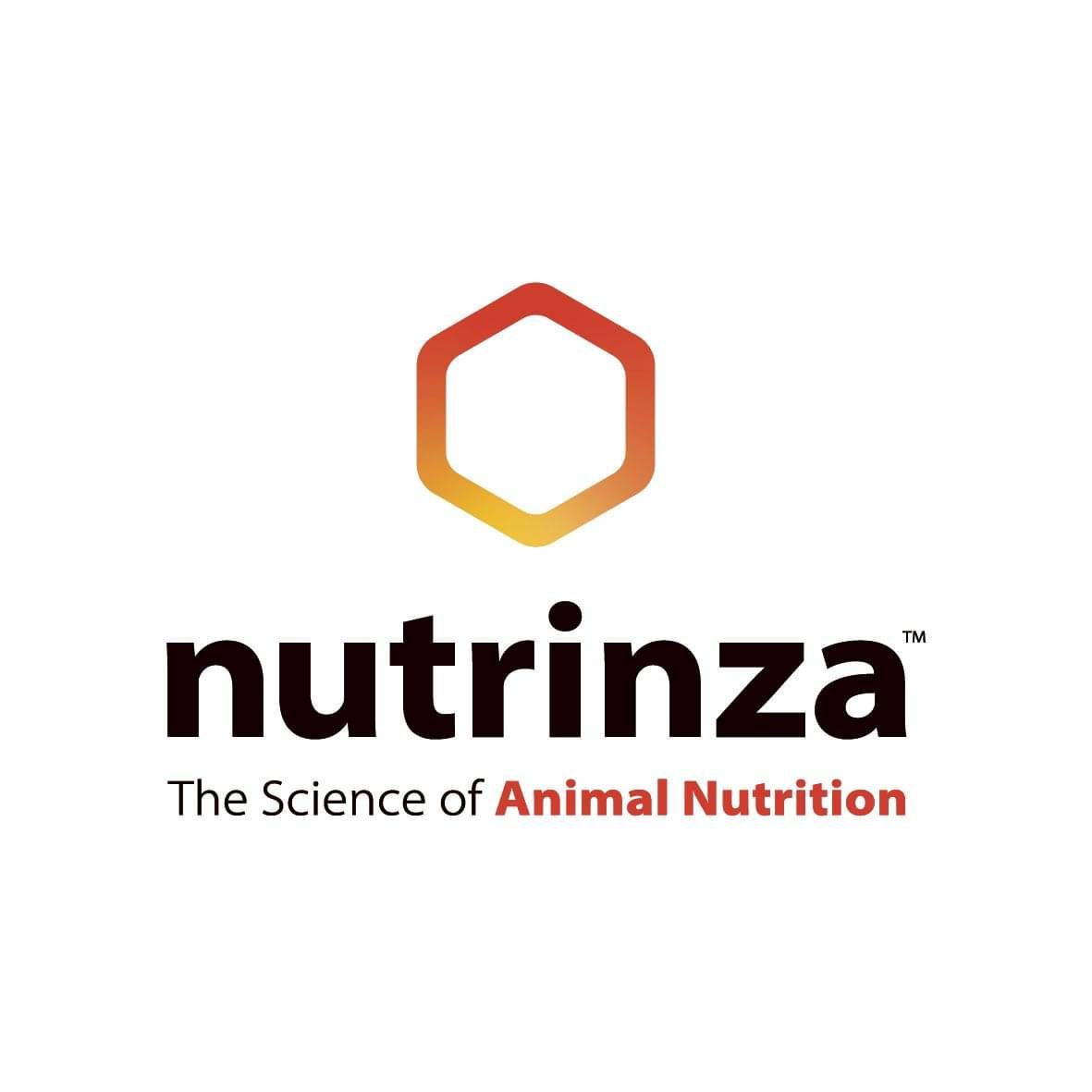With a lower milk payout and a potentially hot, dry summer ahead, effective maize management to reduce nutrient and dry matter losses will be key.
That’s the view of Nutrinza managing director Warren Morritt who says while maize silage can help fill feed deficits and is full of soluble carbohydrates, which is a great source of feed for cows, it is important to take precautions to minimise waste and costs from spoilage bugs, yeast and mould.
He says having good stocks of quality silage to be more self-sufficient and maximise milk produced from homegrown forage makes good financial sense when trying to manage costs.
“Typically, about 1 in every 10 trailer loads of maize DM ensiled are lost due to unwanted bacteria, yeasts and moulds growing in stacks. Losses can double if attention to detail slips at harvest and ensiling,” says Morritt.
Undesirable microbes come into the stack on the crop at harvest. While you cannot completely stop this, Morritt says inhibiting their growth in the stack is vital.
“These microbes consume energy from the most nutritious parts – sugars and starches – leaving the remaining silage lower in energy,” he says.
Three ways farmers can better manage maize silage and avoid losses include harvesting at the right time, using an inoculant, and harvesting maize at the right height.
“Harvesting maize late when it’s dying back not only risks the crop being past its nutritional peak with higher NDF levels in the silage but also increases the risk of unwanted microbes, particularly higher levels of yeast and moulds coming into the stack on the dying foliage,” he says.
“The ideal time to harvest is when the crop reaches 30-35% dry matter (DM), preferably when it's still green. This ensures a good starch balance in the cobs and greener living foliage (more sugars), resulting in higher nutritional value. Harvesting drier crops can be difficult to consolidate and may lead to losses caused by aerobic spoilage due to heating.
According to Morritt, if maize is ensiled untreated, its preservation depends on the microbes present in the crop, whether good or bad.
“Maize silage experiences two forms of losses, invisible losses caused by poor fermentation but with high heating being the best indicator of losses, and noticeable losses caused by yeasts and moulds that grow in the presence of air. This is also characterised by heating of the silage and mould growth. The latter can result in higher levels of mycotoxins in the silage.” Morritt explains.
“Applying an additive like Ecocool silage inoculant is ideal. It promotes excellent early fermentation with rapid pH drop to a level <4.5 within two days and then to manage heating and aerobic spoilage of maize, grass and cereal silages when air is reintroduced into the stack at feeding out. Ecocool has also been shown through research to keep maize silage cool and stable for more than 10 days after exposure to air.”
Finally, it may be tempting to cut maize low to the ground in order to increase bulk, but this could result in a loss of nutritional value and an increase in undesirable microbes. Morritt advises against this practice, as the risks outweigh any potential benefits.
“Ask your contractor to leave at least 15cm when they harvest the crop. At the same time, they’ll need to ensure the chop length is cut short enough to assist with consolidation, particularly with drier crops, but long enough to properly function in the cow's rumen. A chop length of 1.0-2.0cm is recommended.”
Tips for better maize silage
Clean the stack before harvest - this removes undesirable bacteria, yeasts and moulds surviving on old silage and in cracks.
Harvest maize promptly at 30-33% dry matter (DM) - this provides a balance of starch content in cobs for energy, green foliage for digestibility, and sufficiently soft crop for consolidation.
Leave at least 15cm of stubble - the stem base is low in nutritional value, at risk from soil bacteria that interfere with fermentation, and is also at risk from yeasts and moulds.
Chop to the optimum length (e.g. 1.5-2.0cm) - so the maize is short enough to aid clamp consolidation, but long enough to perform in the rumen.
Treat with a dual-acting additive - to target a more efficient fermentation, and target the yeasts and moulds that cause losses from heating (aerobic spoilage).
Fill the clamp in maximum 15cm layers, roll with sufficient weight and sheet thoroughly (side sheets, an O2 barrier film & well-weighted top sheet) - this aids consolidation and keeps air out - since oxygen trapped in silage allows yeasts and moulds to thrive (typically, maize at 30% DM requires 25% of its weight arriving at the clamp/hour to consolidate it. So 100 tonnes/hour requires 25 tonnes rolling constantly).
For more tips, head to Ecosyl's website to explore silage advice and to download their handy guide "Cut to clamp".


